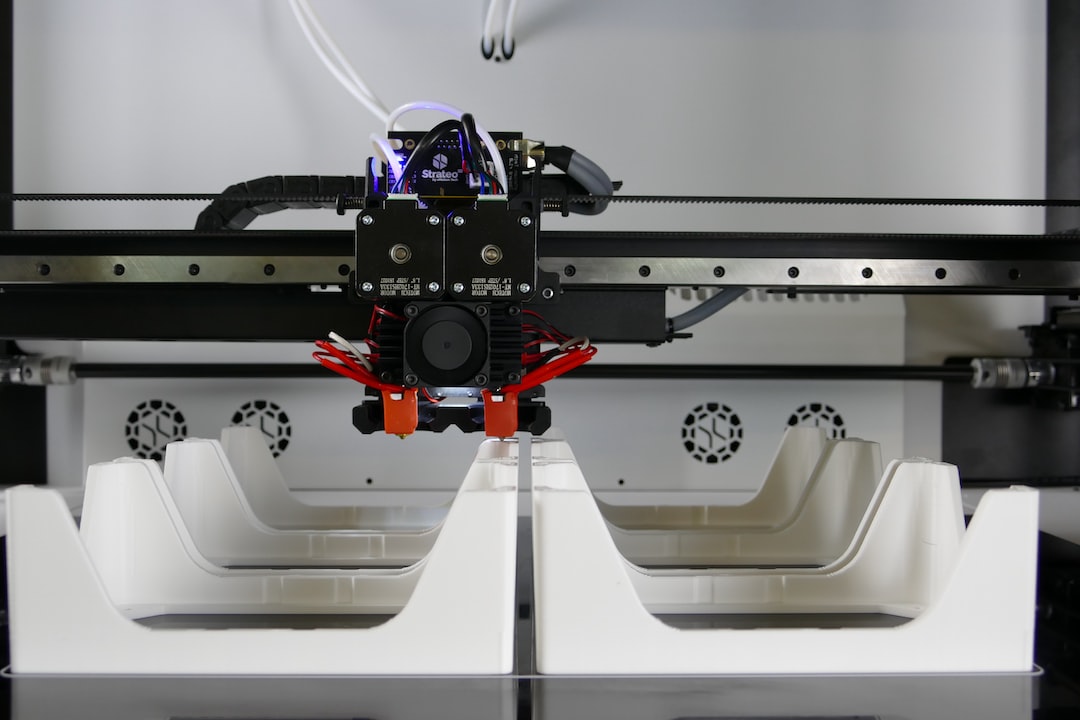Cape Town, the stunning coastal city nestled in the Western Cape province of South Africa, is known for its breathtaking landscapes, rich cultural heritage, and diverse wildlife. But beyond its natural beauty, Cape Town also boasts a vibrant nightlife scene that is worth exploring. From trendy bars to lively hangouts, this city has something for everyone seeking a memorable night out.
One of the must-visit spots in Cape Town’s nightlife is Long Street. Located in the city center, this bustling street comes alive after hours, offering an incredible array of bars, clubs, and restaurants. Whether you’re in the mood for a cozy pub, a rooftop cocktail bar, or a pulsating dance floor, Long Street has it all. The diversity of venues guarantees that there’s something to suit all tastes and budgets.
For those seeking an elegant and sophisticated atmosphere, the Bascule Bar is a top choice. Situated at the Cape Grace Hotel in the V&A Waterfront area, this waterfront bar offers stunning views of the harbor. Known for its extensive selection of fine wines, whiskeys, and craft cocktails, Bascule Bar is a haven for connoisseurs. Sipping a perfectly mixed drink while enjoying the mesmerizing sunset over the Atlantic Ocean is an experience that should not be missed.
If live music is your thing, then head over to The Waiting Room in the city’s trendy district of Longmarket Street. This eclectic bar not only offers a great selection of drinks and vibrant atmosphere, but it also showcases local and international talent on its stage. From acoustic performances to DJ sets, The Waiting Room is a perfect spot to discover new artists and immerse yourself in Cape Town’s music scene.
For the more adventurous party-goers, Shimmy Beach Club is a must-visit. Situated on the iconic Cape Town shoreline, this glamorous venue offers a blend of luxury, music, and stunning ocean views. With its poolside parties, international DJ lineups, and VIP areas, Shimmy Beach Club is the ultimate destination for those looking to dance the night away in a lavish environment.
In addition to these establishments, Cape Town’s nightlife extends beyond just bars and clubs. The city also boasts a growing number of food markets and outdoor events that are perfect for socializing and indulging in delicious treats. The Neighbourgoods Market, located in the vibrant area of Woodstock, is a Saturday staple for foodies and craft enthusiasts. Sample a range of mouthwatering dishes while browsing through artisanal goods and enjoying live entertainment.
In conclusion, Cape Town’s nightlife scene is a vibrant and diverse one, catering to all tastes and preferences. Whether you’re seeking a cozy pub, a high-end cocktail bar, or a pulsating dance floor, this city has it all. From Long Street’s energetic vibe to the elegance of the Bascule Bar and the beachside glam of Shimmy Beach Club, each destination offers a unique experience. So, whether you’re a local or a visitor, make sure to explore Cape Town’s vibrant nightlife for an unforgettable evening.












